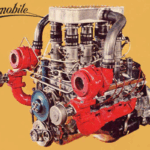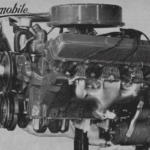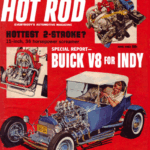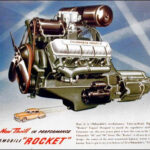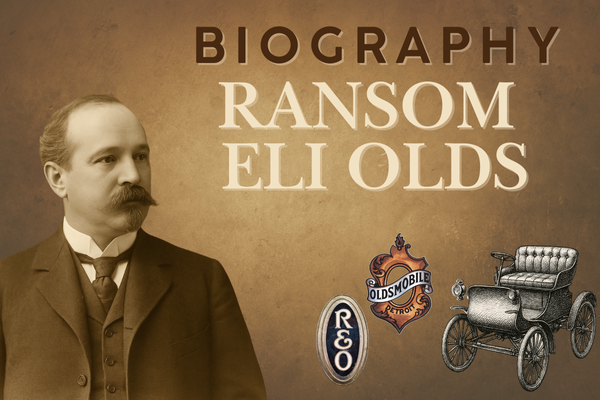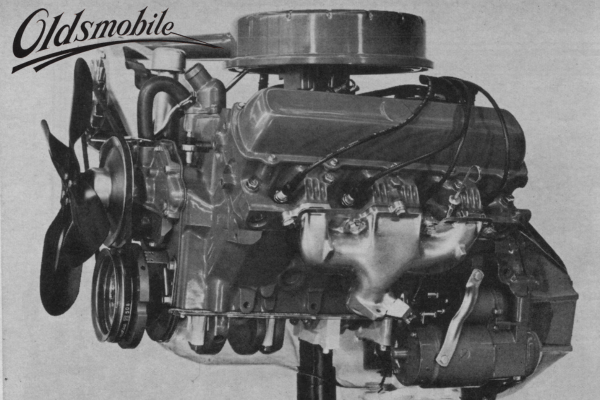

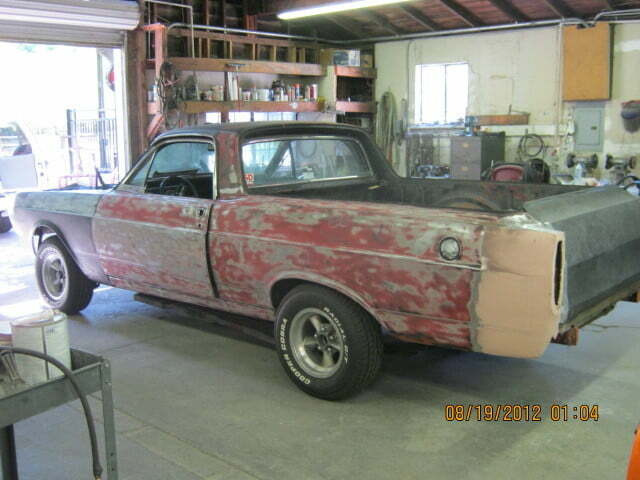
Let me start this blog by saying — It’s Alive !! The 5.0 fired up and is running like a champ. Here are the final details —
I purchased a used 1967 small block Ford distributor that had already been converted to a Petronix electronic pointless module. A great deal at $ 50 !! Here is a very important modification that MUST be done in a “back-dating” conversion like I’m doing. The later roller cam 5.0 engines require steel distributor gear. The stock (circa 1967) iron gear is for a flat tappet cam and will be chewed up by the roller. Mallory makes a nice steel gear that can be had through Summit. The gear must be pressed off and on so this was another job for my local machine shop. I installed the distributor by bringing the engine to TDC and pointing the rotor to the #1 position (marked on the cap). I gave the newly installed steel distributor gear a liberal coating of Molly grease and with a bit of wiggle, it dropped right in. A pause for a “true confession” – I actually installed the distributor 180 degrees out. Double check that when the timing mark is at TDC, the engine is on the compression stroke.
I have added a photo of the custom carb linkage rod needed to link the pedal assembly to the Holley.
I then installed a set of standard spark plug wires. Key point here — The 5.0 engines use the 351W firing order. Do not use the firing order for the 1966 289. The correct firing order is 1-3-7-2-6-5-4-8. A battery and two cables were purchased from my local Pep Boys for under $100 and installed. I disconnected the coil wire and let the engine crank to build up oil pressure and to make sure I was getting fuel to the carb. Side note, the 1991 starter that I used worked perfectly. Then I hit the key and – BOOM – she fired on the first twist. What a lovely sound was coming through the Hooker headers and FlowMaster 40’s. I let it run for a few more seconds and then set the timing at 10 degrees BTDC. This is the stock setting for a 1991 5.0 HO engine. I’ll play with the timing after I get the entire car done. Next I checked for leaks – water, oil, exhaust and vacuum. Again – no leaks and the engine is finished.
So what’s next? The body has been completely sanded down (save for the bed) and all little dents and dings repaired. To my pleasant surprise – no rust. The tailgate showed signs of a previous hit that was not repaired just filled in with a ton of bondo. After grinding out all that bondo, Vic pulled the dent and it looks great. I went and purchased primer, paint, and clear for the car. All for around $500. The color will be a 1966 Mustang color called Prairie Bronze Gold. Just nice enough to show off the lines but nothing flashy. The seat is off to the upholster and bumpers to chrome. Hopefully, the car will be back in my garage in a month. I’ll have the final photos and comments then.




